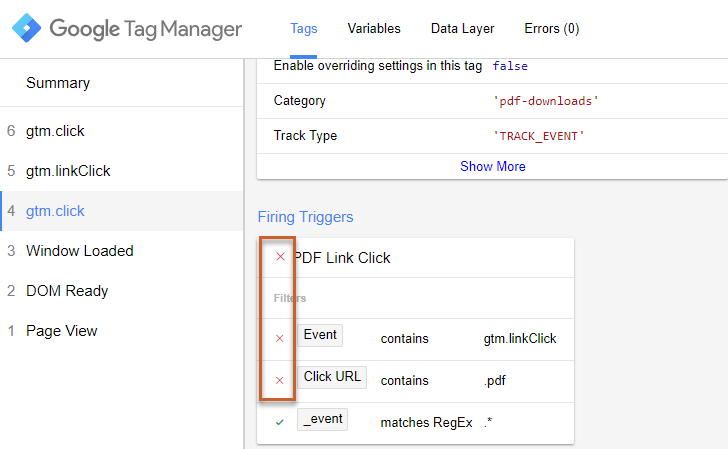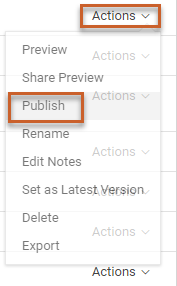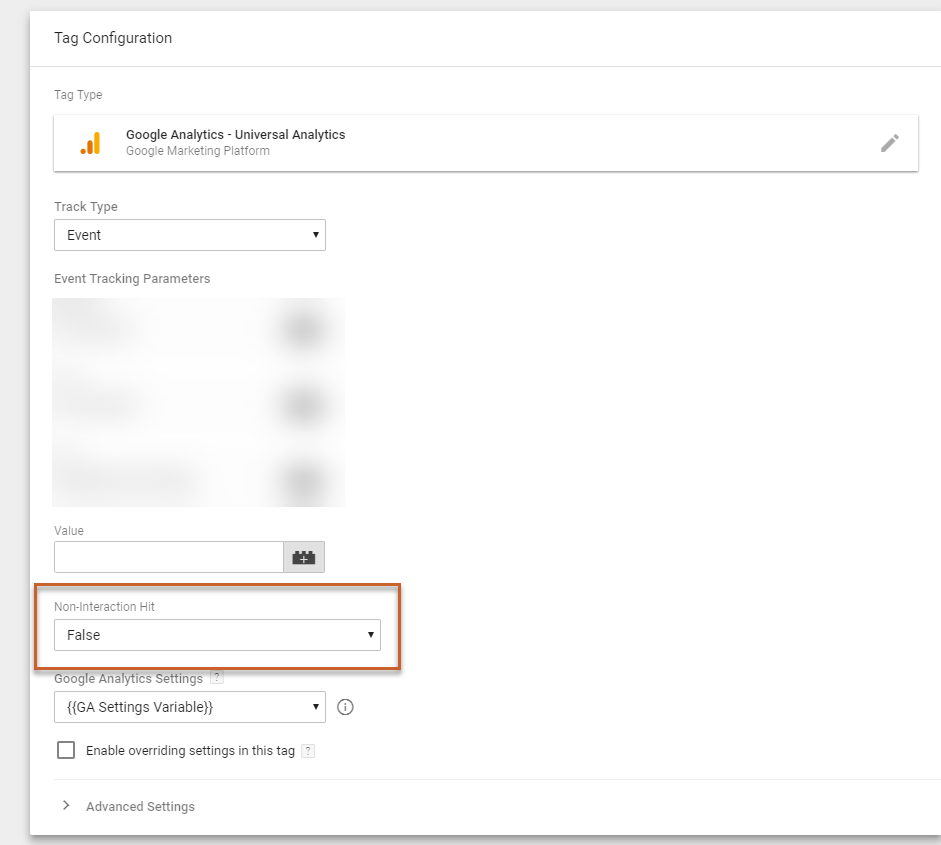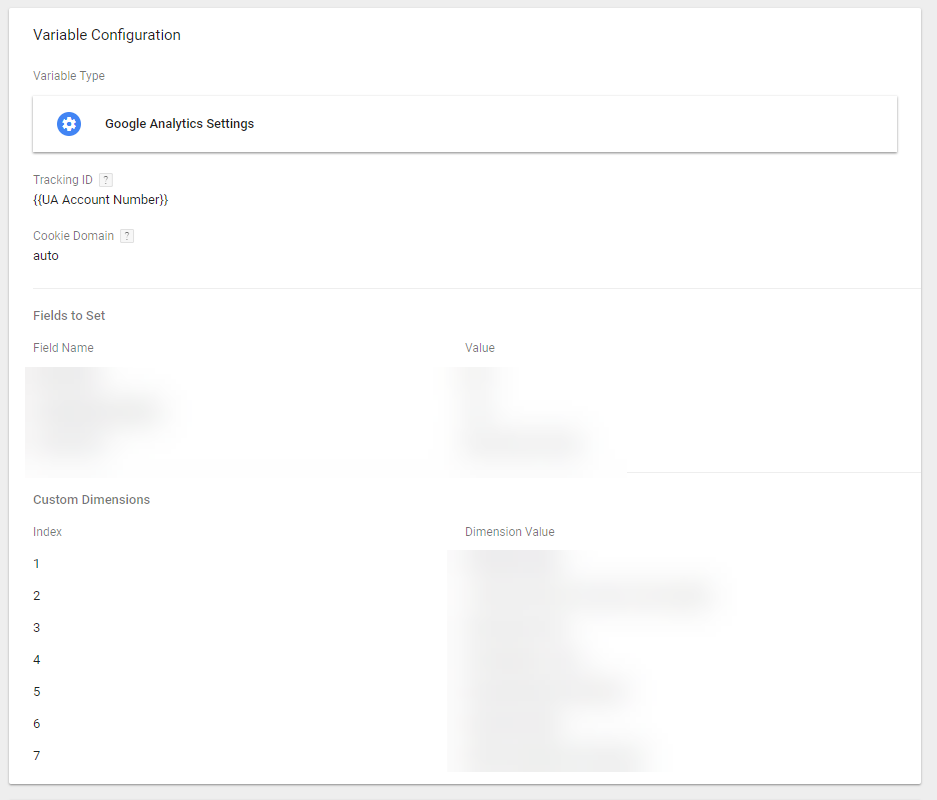Do you use Google Tag Manager (or simply, GTM)?
If so, are you prepared for the worst, even while hoping for the best? Read my new post to ensure you are prepared if things go wrong to be able to take action quickly to fix your data.
Thou Must Plan for the Best, But Still Prepare for the Worst.
- Unknown Ancient Proverb, Definitely Not My Made Up Quote
With something as critical for your data is tagging, you are going to need some safety nets. While you can take all of the best practices to ensure things go well on your end, there is a strong chance that sometimes things will still break, be changed on-site, or you’ll notice mistakes in data. In this post, I’ll outline a few best practices I’ve found in my time using GTM to ensure you can quickly fix Google Tag Manager issues and get your data back on track.
Still a beginner at GTM? Check out my guide to GTM before proceeding.
How to Troubleshoot Broken Tags
You’ve noticed that one of your tags has stopped firing. A critical event for Google Analytics no longer with data flowing in. An important marketing pixel no longer firing. An AdWords conversion pixel that’s gone missing. Uh oh! What to do now?
Luckily, with Google Tag Manager (GTM), you can use their preview mode to be able to see exactly what is causing the issue. Let’s have an example below:
Your event tag is not firing. Sad times :(
Step 1: Fire up GTM Preview Mode

Step 2: Visit Your Website Once Preview Mode Is Enabled


Step 3: Find Which Tag(s) is Not Firing and Click On It

Step 4: Identify the Reason Why Your Tag(s) Is Not Firing

Ah, we see this is set a link click (check #5 instead of #4) and does the click URL contain .pdf? Those are your starting points to fix your issue.
This is the same process for any tag. Find when it should fire, check the trigger to see what is not working and work to resolve. Get to GTM troubleshooting!
How to Check if Google Tag Manager is Working
The best way to avoid these types of issues is by doing heavy QA before publishing any new tags, ensuring that your triggers are based on the most reliable elements possible for the area, and doing routing sweeps on your tracking setups to spot potential causes for concern before hitting the "Publish" button.
How to Roll Back Your GTM Version
Now for a worst-case scenario.
Let’s say you accidentally publish a version in GTM that doesn’t work correctly, or worse, messes up correct tracking. Eek.
While you can prepare for this to never happen, there is a quick fix in case it ever does. This alone is reason to always test your tracking before and after publishing your container to help avoid Google Tag Manager errors.
Step 1: Click on 'Versions' in GTM

Step 2: Click 'Actions' for the Last Correct GTM Container

Step 3: Click 'Publish' Under Actions

There you go, your tracking is now back to normal. Next steps would be the figure out why the tracking broke, and publish a correct version.
How You Can Avoid Altogether
Before all publishes of GTM, the workspace should be QA’d by multiple users to ensure it will work properly, and ideally, this should be tested in multiple browsers. If you take that approach, that will work to eliminate most potential issues.
The Most Common GTM Mistakes to Avoid
Here are five more tips that I’ve learned in my time using GTM that will help to eliminate any mistakes and Google Tag Manager errors:
Interaction vs. Non-Interaction GA Events
When you are setting up any GA event, ask “Is this an action the user is taking on the page?” If the answer is yes, keep the event as Non-Interaction = False. If the answer is no, consider setting the event to Non-Interaction = True. What difference does it make?
The easiest way to plummet a bounce rate is to have events as interact (giving a session two hits = the user can’t bounce) when they shouldn’t be (i.e. element view, scroll tracking, etc.). Be careful with this one!

Use a GA Settings Variable
The GA settings variable allows you to store all of your tracking ID, fields to set, custom dimensions/metrics, etc. in one place, and then reference those in other tags.
If you don’t have this, it immediately becomes harder to keep track of what settings are in what tag and these should usually be uniform anyway. Use the GA settings variable, or face unorganized GTM chaos!

GTM Workspaces
GTM workspaces allow you to silo your tracking updates so multiple users can make updates at once (say one for GA updates, one for tracking pixels, one for custom HTML).
If you don’t use workspaces (at all or correctly), you run the major risk of someone publishing tracking they shouldn’t (likely not even on purpose). Use GTM workspaces, and ensure only the right users have publish access to start to avoid this issue.

Triggers Too Generic and/or Fragile
One of the most common and easy to make GTM mistakes is having aspects of triggers that are too generic or fragile based on the on-page set-up. Whenever setting up the trigger, ask yourself “is this likely to change in the future, and how can I prepare to ensure that won’t break this tag from firing?”
In some cases, you may have to settle for less than ideal trigger set-ups (page URLs could change, so could click classes, etc.) but always try to have a precise but not too precise trigger set-up. In some cases, it is better to have the site updated to have something more reliable, like a data attribute or data layer push to ensure ideal tracking.
Clear Naming Conventions
This is a sneaky one, but an easy way to mix up tracking or not be able to properly QA and troubleshoot issues is not naming your tags/triggers/variables clearly enough.
Never, ever name your tags something like “GA Tag” or “GA Event Tag”, always opt for something that has a standard pattern like “GA Event Tag - [Name of Event]”. You and everyone else will thank you for it. Also using Folders in GTM can help with this organization as well.
Now that you know how to debug a broken GTM tag, rollback an incorrect GTM publish and check if Google Tag Manager is working, you should be on your way to error-free tracking.
While you can plan for the best, if the ball is ever dropped, by following these tips you’ll have several layers of safety nets to ensure you can get things back on track in no time. You simply cannot go wrong with these tips, or well, at least if you do, things will be fine in no time.


